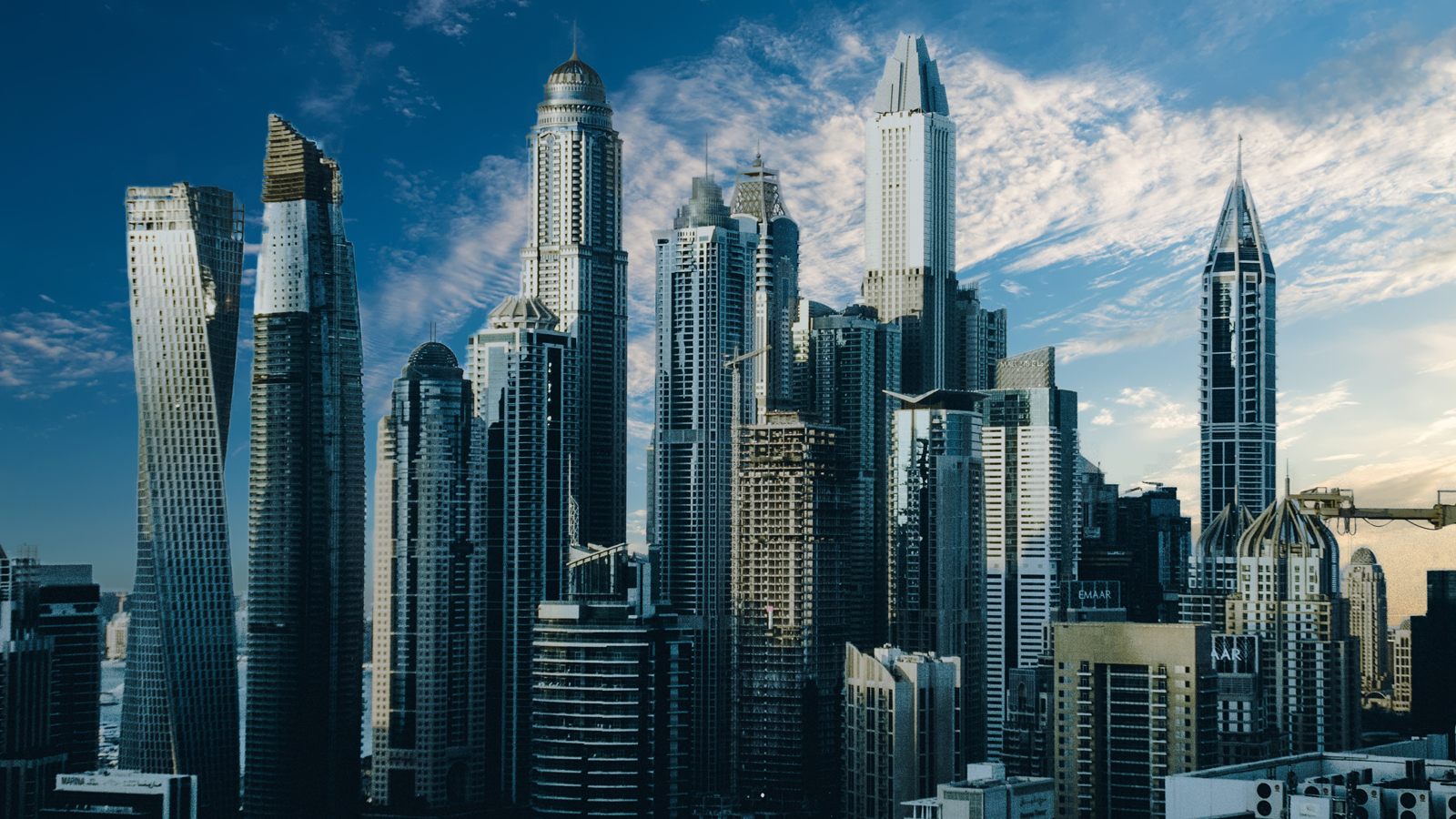In 2019 humans transformed one million hectares of the Amazon forest into felled or farmed not-forest, while 82 million more people joined the human race than left it. Humans ground up 2900s kilotons of toxic tire dust as they drove; more than half of it ended up in the oceans, and the rest was taken by wind and rain to every land mass on earth—land so deeply affected by human activity that less than 3% of it is now rated as “ecologically intact.” Millions of tons concrete will be mixed, poured, and set on this very day. And, last time we checked, there was a plastic bag at the bottom of the Mariana Trench.
Every day, another statistic seems to confirm that humankind’s influence on the natural world is both absolute, and malign. We and our waste have invaded the most remote crevices of this planet. Our farming, our industry and our homes have crusted over every mangrove, swamp, prairie, and savannah. Would it not be apt, then, if a solution to environmental crisis might lie in a vast, deliberate retreat?
The idea goes something like this: with the right policies and technologies, we could confine human activity to hyper-dense urban areas, freeing up land currently used for farming, low-density urban sprawl, and fossil-fuel extraction. Density itself would also reduce the energy needed to move people around, as well the resources used in construction. Species diversity would rebound and vital ecosystem recover, simply through our absence; condensed urban living would naturally diminish carbon emissions. In the words of geographer Mike Davis, “the ecological genius of the city remains a vast, largely hidden power”.
I first encountered this notion of “sustainable retreat” fifteen years ago, in the maverick scientist James Lovelock’s 2006 book, The Revenge of Gaia. Lovelock (who is now 102 years old) is best known for the Gaia Hypothesis, the theory that living organisms interact with inorganic elements to form a self-regulating system that keeps the earth’s climate at an equilibrium suitable to life. He was also influential in of the development of cryonics and invented an electron capture detector, which he used to detect toxic CFCs.
I mostly remember the book as a hilariously grumpy argument for immediate de-carbonisation by way of greater reliance on nuclear energy; Lovelock lamented “the greens’” fear of the radiation produced by nuclear material as “wrongheaded,” and offered to bury the UK’s nuclear waste under his own home (“gladly”) and use it for heating. The Revenge of Gaia alerted people to the huge crisis that climate change would bring about and pushed for immediate technological solutions.
But Lovelock also proposed what is essentially an ideological shift with the notion of sustainable retreat. A fundamental decrease in resource use would be crucial, he argued, in order to stave off environmental and civilisational collapse. One key element of this vision was abandoning farming and containing human activity to hyperdense cites, where food would be synthesised from simple sugars and amino acids, and these in turn processed into cultures of meat and vegetables. In the inevitable hierarchies that would arise, he surmised, maybe the rich would still have access to real broccoli.
More recently, the Great Contraction idea is on my mind because of last year’s Planet City, a short piece of video art by Australian artist Liam Young with an accompanying book of essays and short fiction. Young’s compelling feat of imagination follows a continuous carnival through a dense eco-futuristic city that concentrates all of 2050’s population of 10 billion in a single settlement the size of New Jersey, leaving the entire rest of the planet to return to “global wilderness.”
This “fiction shaped like a city” is self-sufficient, its buildings constructed from recycled materials, its food grown in indoor mega-farms and vertical orchards, and its economy operating as a closed loop that generates no waste. Young has said all the technologies that would enable this are either already available or currently in development. Unfortunately, neither the film nor the book gives the source of the statistics interspersed between fantastic images of the omni-metropolis (e.g., 2,347 algae farms, 121307 km2 of electric hydro canals, 6,396,867 dentists, etc), though Young says the dimensions and characteristics of Planet City were designed in consultation with scientists and economists.
Young stresses that Planet City redresses colonialism and allows for ‘the return of stolen land,’ but the project barely broaches the political implications of that breezy statement, or attempts to explain if, or how, the indigenous would ‘remove’ themselves from the ‘surrendered’ earth— a serious shortcoming common to most of the extant attempts at envisioning the Great Contraction/Great Rewilding concept.
And that’s just one of many rough neighbourhoods in the psycho-territory of this idea. Young, like Lovelock, makes direct reference to E.O. Wilson’s concept of ‘Half-earth’, the claim that we can avert mass extinction through the surrender of human-settled territory. A watered-down version of ‘half-earth’—a global 30×30 policy (30% of the earth’s land and ocean protected by 2030) —has been promoted by major conservation bodies. Indigenous groups have strongly resisted the uncritical adoption of this policy, fearing it will enable another massive neo-colonial land grab. ‘Half-earth’ has thus become a lightning-rod for conservation conflicts, rather than providing the beginnings of a viable solution to the crisis.
Versions of these ideas have gained traction among authoritarians and libertarians; Saudi prince Mohammed bin Salman’s linear city, Noem, fits the mold, and plenty of libertarians have envisioned highly privatised Charter Cities as ecotopian technofixes.
But I still think it’s a useful rubric. The serious problems with theories of humankind’s absence can and should be separated from the potential benefits inherent in the idea of urban development itself as a nexus for addressing challenges of poverty, equality, climate change and biodiversity.
Here it’s Mike Davis who again provides the most charming, persuasive vision: in “Who Will Build the Ark?” [paywall] a classic 2010 essay for the New Left Review, he made a most powerful case for dense cities as the best means for meeting human needs by using less space, less building material, and less energy. Combined with the right politics, cities would be ‘urban arks’ that could steer humans through a progressive response to the climate crisis. Apart from the environmental and economic benefits of density, Davis makes a plea for democratic control, progressive taxation, high levels of civic participation and ‘public luxury replacing privatized consumption through the socialisation of desire and identity within collective urban space.’ In such a city, a worker might feel cramped in a small flat, but have free and easy access to lively communal kitchens, safe day nurseries, and majestic buildings holding public baths, worker’s clubs, sport complexes—not to mention vast urban parks that reveal, rather than replace, natural ecosystems.
At its heart, Davis’s argument arises from a deep recognition of how far from liveable most of the earth’s cities have become, even as we trash the planet. According to UN-Habitat, cities in the Global South will absorb more than two billion new urban residents by 2050, representing 95% of global urban growth. More than half of this growth will be in Africa, where already, today, 60-70% of big city citizens live in slums. Aside from the resources that will be needed to make poorly planned cities liveable, according to conservative estimates, the land area of cities in sub-Saharan Africa will increase almost six-fold. If things continue to unfold this way, this future implies a tsunami of ecological and human misery.
Why not make a bold global plan to build some urban arks instead?





